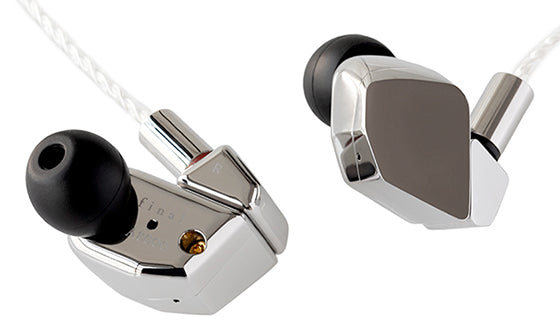
Final Audio
Final A8000 Headphones
The design of these headphones was born from Final's latest impulse response findings. The result is a suite of products that set new standards for evaluating sound quality.
PMT, Final's exclusive Perceptual Transparent Measurement as a new performance evaluation parameter. A series that pursues "Transparent Sound" through impulse response analysis and evaluation that could not be evaluated by the classic frequency response measurement that was done in the past.
In-Ear Headphones – Final Audio A 8000
- Housing: Steel
- Speaker type: Beryllium dynamic
- Connector: MMCX
- Cable: Silver-plated OFC
- Sensitivity: 102dB
- Impedance: 16Ω
- Weight: 41g
- Cable length: 1.2m
- Sound characteristics: Extreme clarity with unparalleled reproduction of voices and instruments, for which great dynamic capabilities are required
A8000
Final's flagship model offers maximum sonic transparency for truly unmatched performance on the market.
The development of the A8000 began by challenging the measurement methodologies and subjective evaluation adopted up to that point by Final. Even just adopting the criteria with which the D8000, the old top of the range, were developed, the headphones of the E series were clearly superior. With the A8000, new evaluation criteria have been introduced. Among the factors that determine the sound quality of headphones and earphones, the extension of the frequency response is extremely important. The most critically evaluated aspect in classical music recordings is the transparency of the sound, that impression for which the rendering is very clear. Considering this aspect as extremely important at Final they believed that the excellent evaluation of the D8000 was due precisely to their exceptionally transparent sound. Before the development of the A Series, Final used frequency response modification, in the sense of its amplitude (known as tuning), to modify the sound of headphones, but since this methodology cannot make large changes to the time response, tuning was difficult to achieve better results than those achieved with the D Series. A new approach was needed. With this goal in mind, Final developed its own proprietary evaluation methodology, Perceptual Transparency Measurement (PTM), as a result of subjective evaluation and impulse response analysis that cannot be derived from frequency response. For the A8000, an ideal diaphragm material, extremely light and with high speed, was adopted: an ultra-thin beryllium foil (Truly Pure Beryllium Diaphragm).
Adoption of pure beryllium diaphragm
The A8000 uses a Truly Pure Beryllium Diaphragm, which is considered an ideal membrane material because of its light weight (specific gravity of 1.85) and high sound propagation speed of 12,900 m/s, second only to diamond, making Beryllium ideal for use as a speaker diaphragm. Its adoption brings about improved time response, making the sound much more transparent, with clarity and persistence of sound being clearly perceived, as well as the silence between sounds. Making a thin film of pure Beryllium is difficult. Final engineers had to work hard to make it stable enough, but the results are worth their hard work. To realize transparent sound using such a noble material, it was necessary to develop an equally excellent structure, from the magnetic motor to the design and production technology. After all, Final has a great deal of experience in the development and production of headphone drivers, so it was not difficult to exploit the advantages of pure beryllium. In the past, a beryllium diaphragm was created by vacuum-depositing a thin layer of metal onto a resin film. This method was effective in improving the characteristics of the resin membrane, but its qualities remained predominant. If, as in the case of the A8000, pure beryllium is used, the sound and characteristics are completely different.
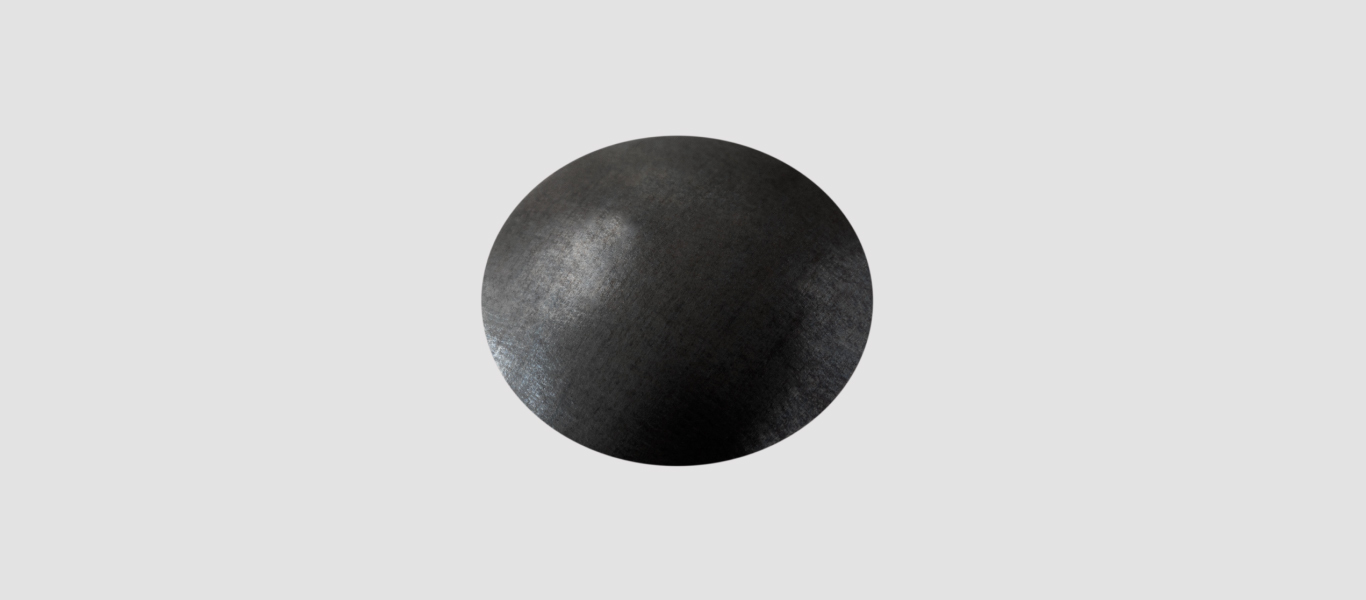
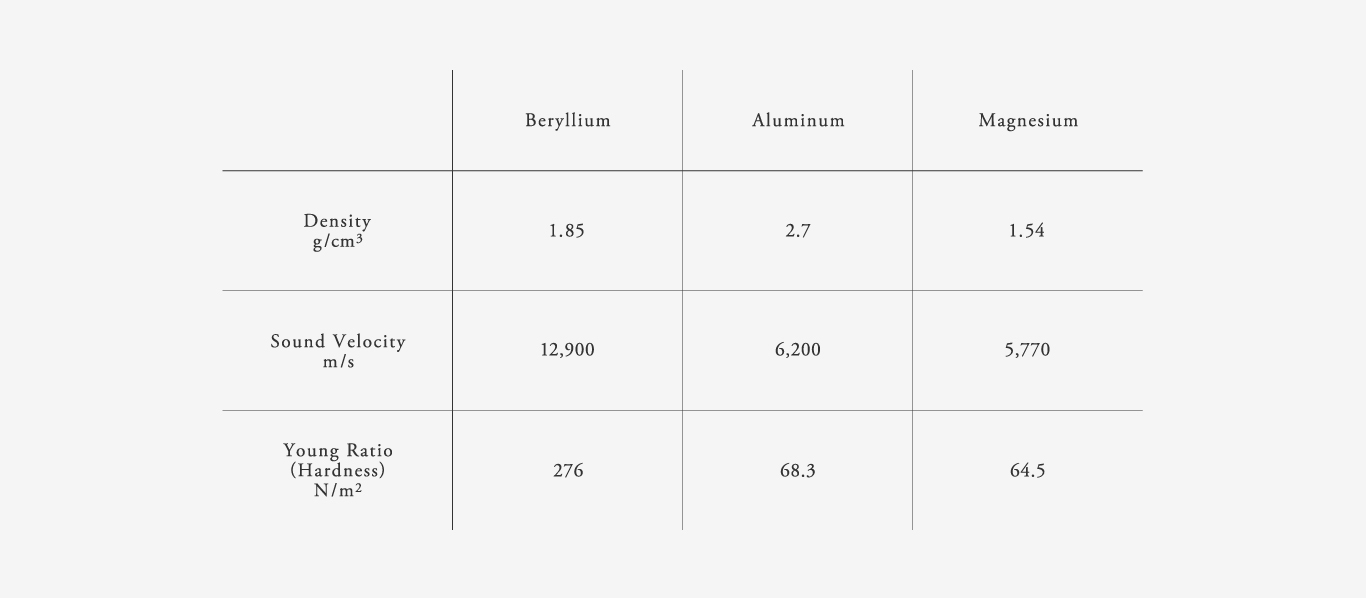
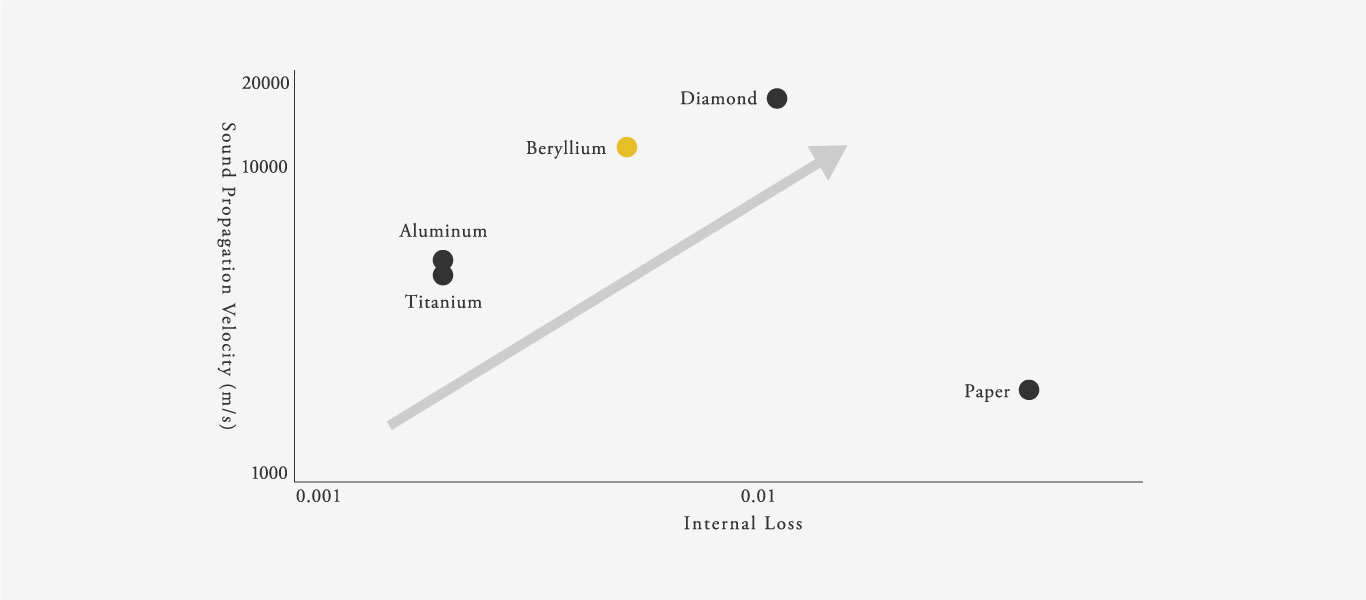
The sound of these headphones was achieved by taking into account the relationship between the spatial impression and the dynamic range of the music, creating an excellent sound.
The approach was that of spatial perception. Classical and jazz recordings are performed with much emphasis on aspects of spatiality, distance, amplitude and reverberation. Rock, pop and many recent soundtrack recordings do not take these aspects into account much. The emphasis is on clarity of reproduction, which brings the various instruments and the voice to the fore.
Another approach is dynamic range, or changes in volume over time. If the dynamic range is large, you can use the change in volume to achieve a more dynamic expression of the music. But there are some types of music for which recordings with a more limited dynamic range are preferable, to allow each instrument and the voice to appear better before the eyes of the listener.
The difference between these two ways of thinking is not which is better, but rather the differences in how the music is composed and what is required of the musician. For classical music in general, and orchestral music in particular, the spatial orientation of the instruments is particularly important. The string instruments are positioned closest to the audience with the percussion instruments behind them. If the balance between the spatial orientation and the volume of each group of instruments were not true, the music would lose its meaning. For this reason, it is not appropriate for each instrument to appear in front of the listener's eyes. For rock and pop, however, spatiality is not so necessary and therefore there is more emphasis on clarity.
These prerequisites are very important, especially for listening with headphones and earphones, and it is increasingly evident how it is necessary in the design phase to set objectives on which aspect to prefer, in order to use the best speaker and the most suitable structure to achieve the design objective.
In the graph below you will find spatiality and clarity in reproduction on the X-axis, and dynamics on the Y-axis.
The A8000's excellent temporal response allows it to achieve a quality of reproduction that approaches the extension of the D Series, with the great spatiality required in classical and jazz music and at the same time wide dynamic range. The most distinctive characteristic of the A8000 is its universality, the ability to please everyone, with excellent sound for any content.
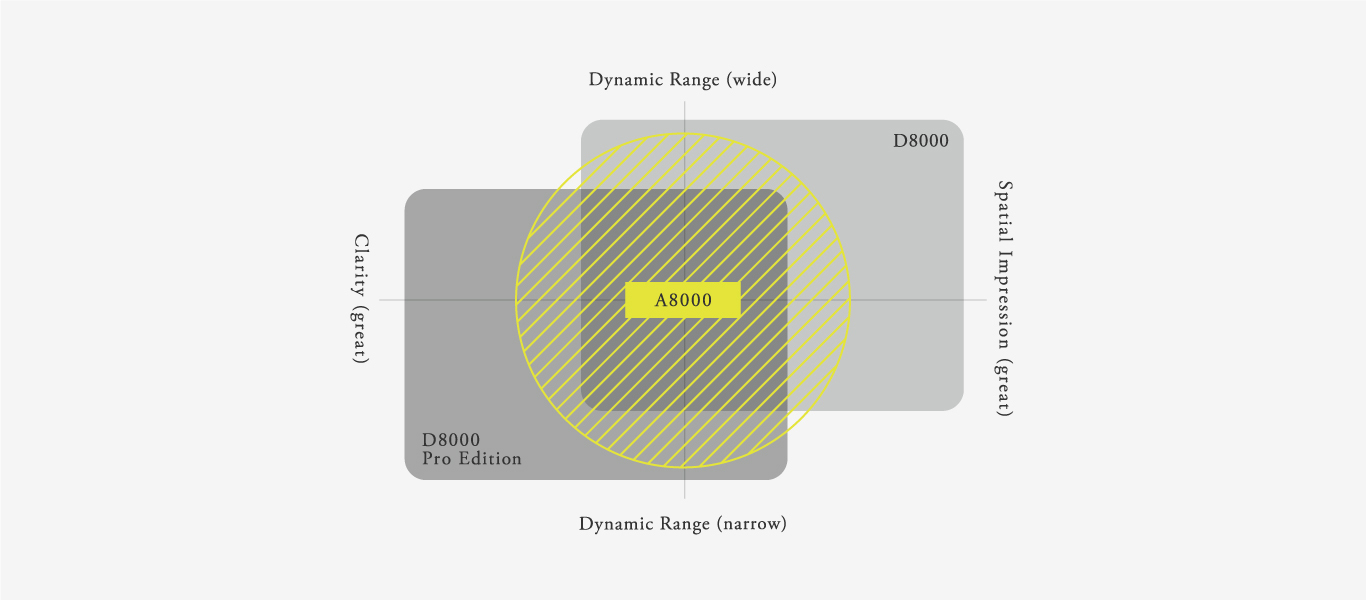
The feeling of a personalized fit
The stainless steel frame is precision cut and features “Tetra-Chamber Construction”
The volume and shape of the chambers in front of and behind the speaker have a great impact on sound quality. In particular, the operation of the actual beryllium driver is extremely delicate, and is greatly affected by the spaces created in the chassis. The internal design can be calculated to a certain extent through simulation, but repeated prototyping is required until the desired goals are achieved. For the A8000, in order to optimize the operation of the driver, the inside of the driver unit chassis is divided into four chambers (Tetra-Chamber Construction); the driver chamber, the double chamber behind the speaker, and the chamber that houses the MMCX connector. The speaker is mounted in such a way as to suppress the vibrations generated to achieve the best possible sound. The use of four chambers achieves the right balance between volume and tightness in the low range, while preventing the loss of important nuances.
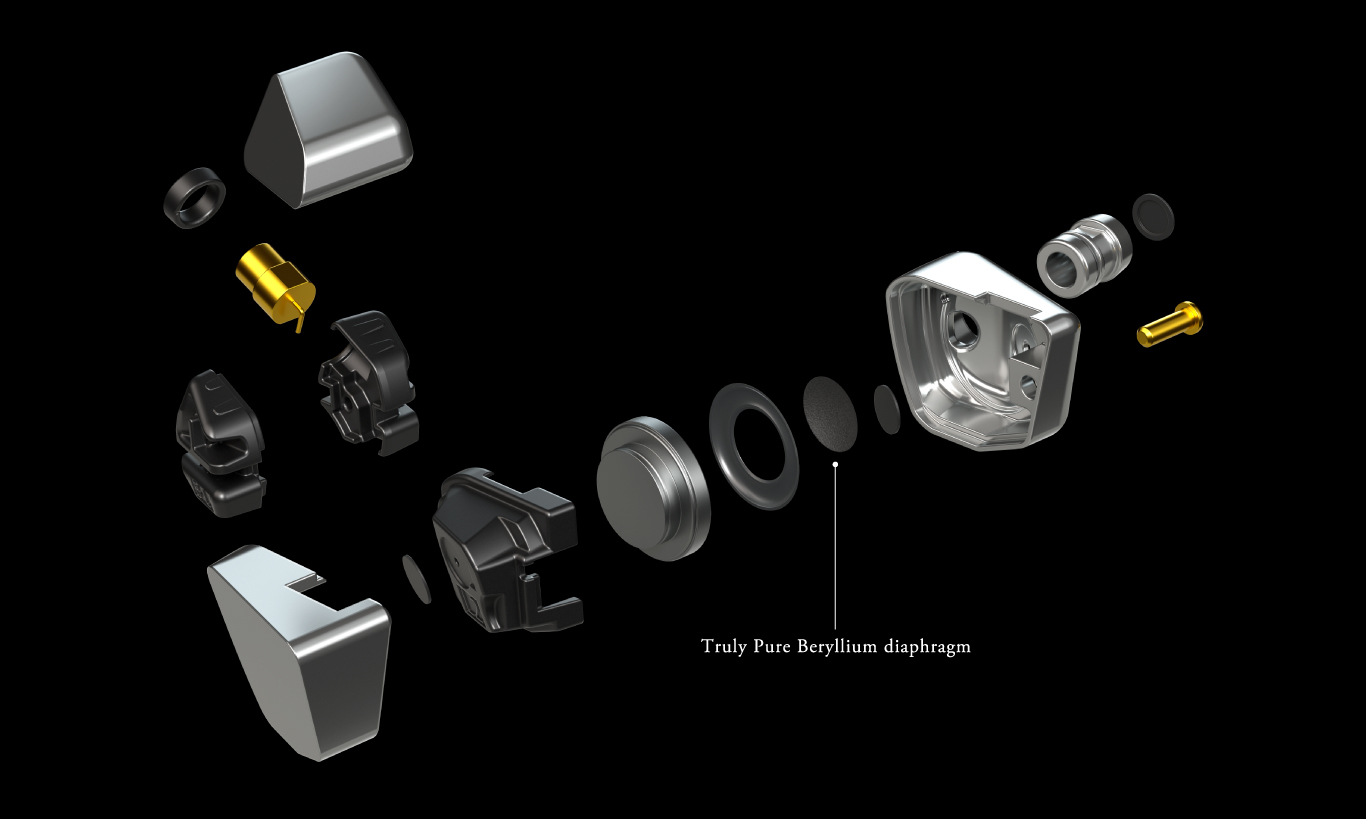
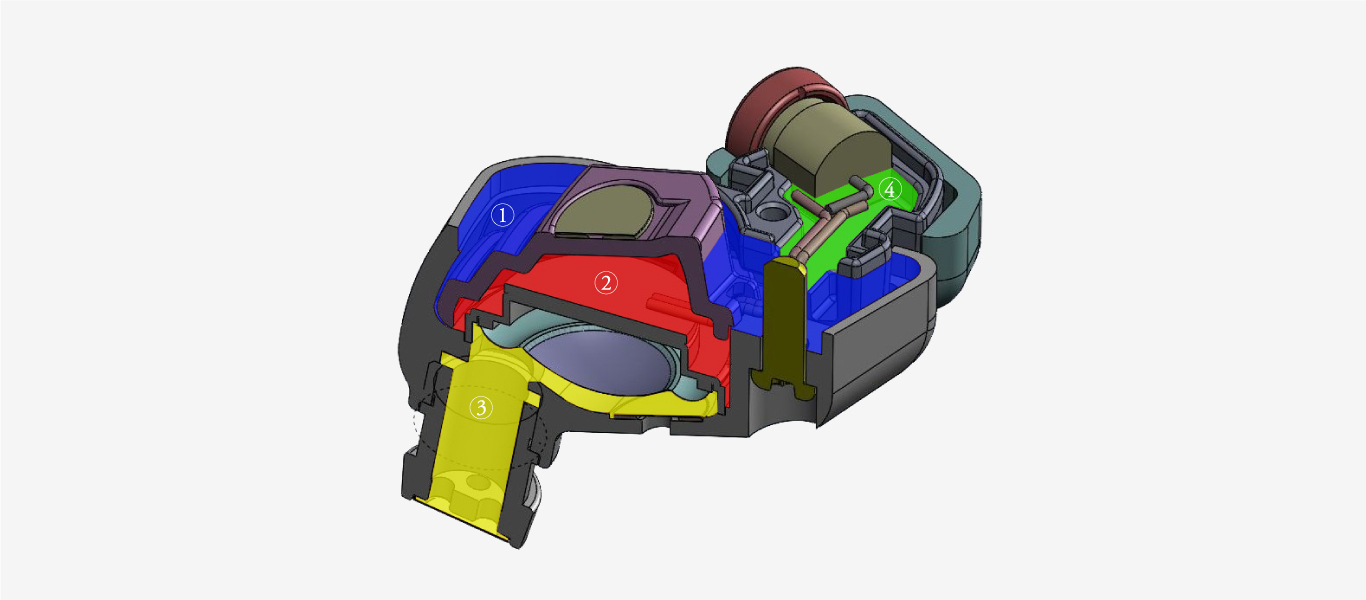
MMCX Connector and exclusive high-purity OFC silver-coated OFC cable
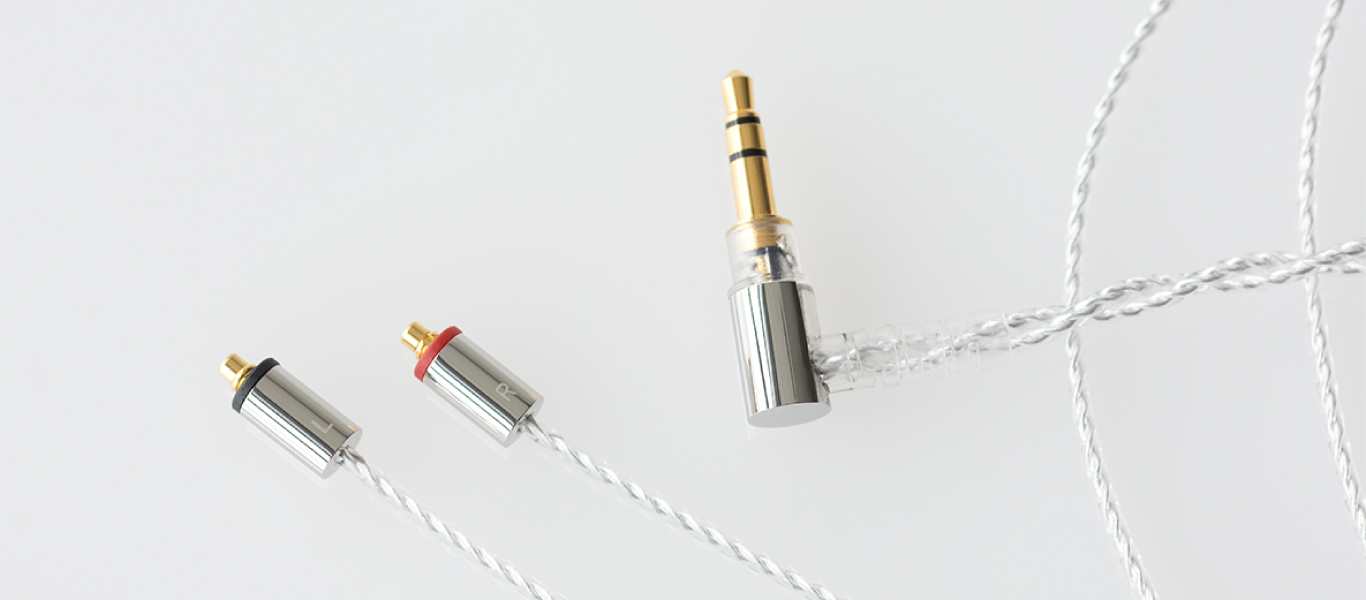
MMCX ASSIST for easy connector removal
Using MMCX ASSIST the connector can be removed with surprising ease by applying minimal force in the direction of cable removal.
It also prevents the cable from being damaged by mistakenly pulling on the cable entering the connector.
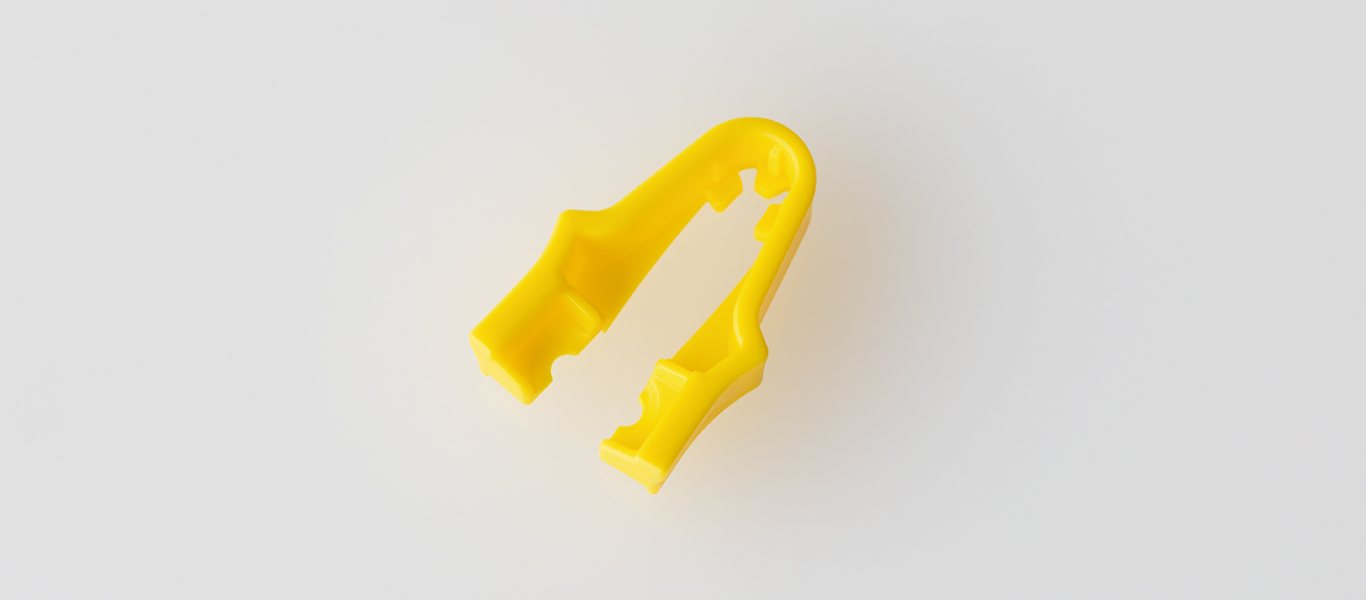
Ear hooks that reduce cable noise
Different colored ear tips for left and right channel
One earbud is gray, while the other is red; by pulling the earbud back slightly to check the color, it is easy to distinguish between left and right, even in dimly lit places. Since the colors of the earbuds of similar sizes are different (alternating between light and dark gray and red and pink), it is also easy to distinguish the different sizes from each other.
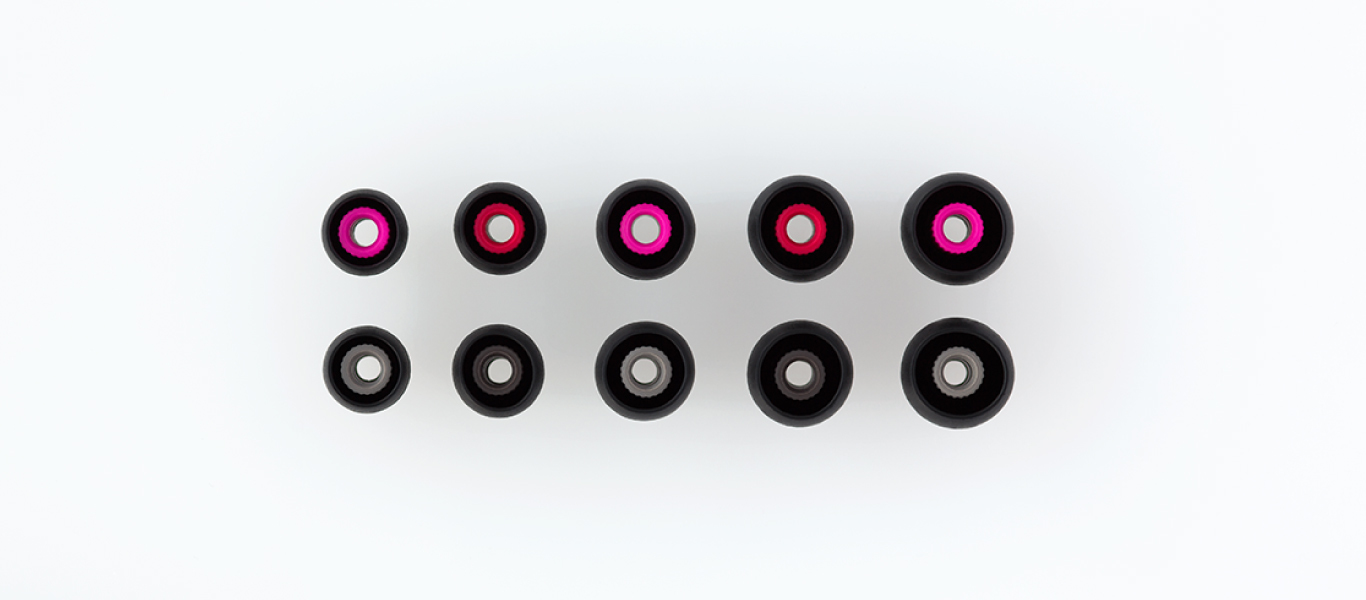
Interchangeable dust filter
The outward facing part of the dust filter can become dirty with earwax and dust. The A8000 comes with a removable and replaceable dust filter, and a replacement dust filter is included as an accessory.
* The product comes with a dust filter already installed, so there is no need to install another one. The dust filter becomes dirty after a long period of use and must be replaced.
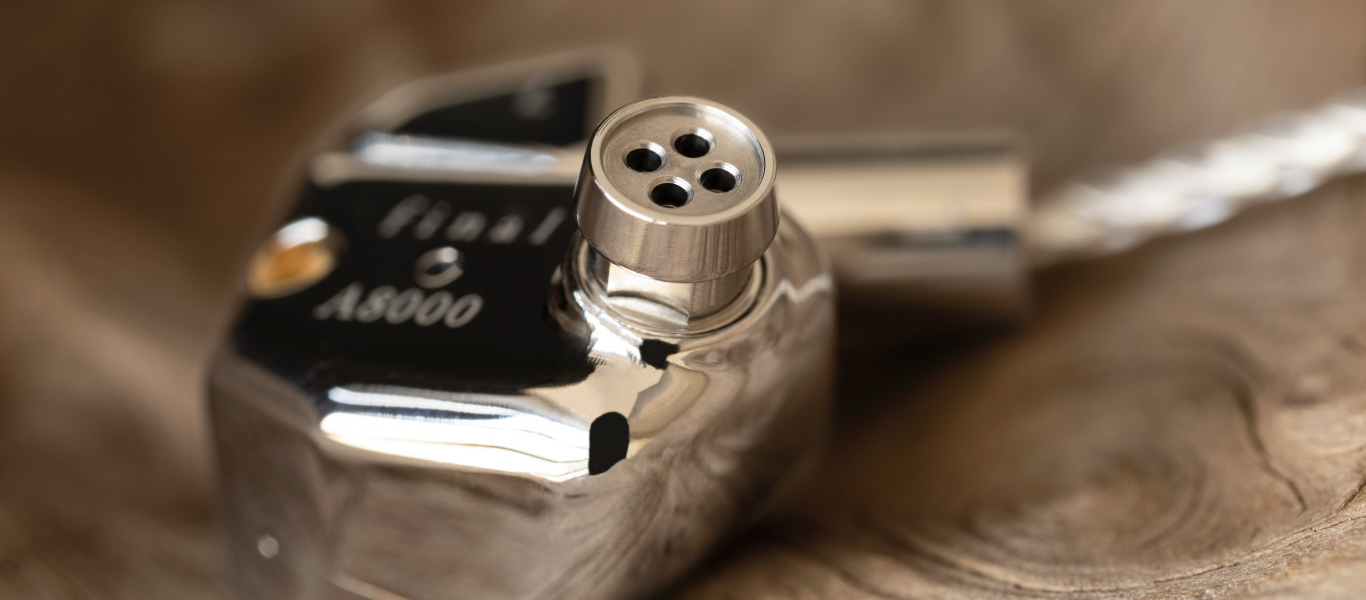
Hybrid Aluminum and Silicone Carrying Case
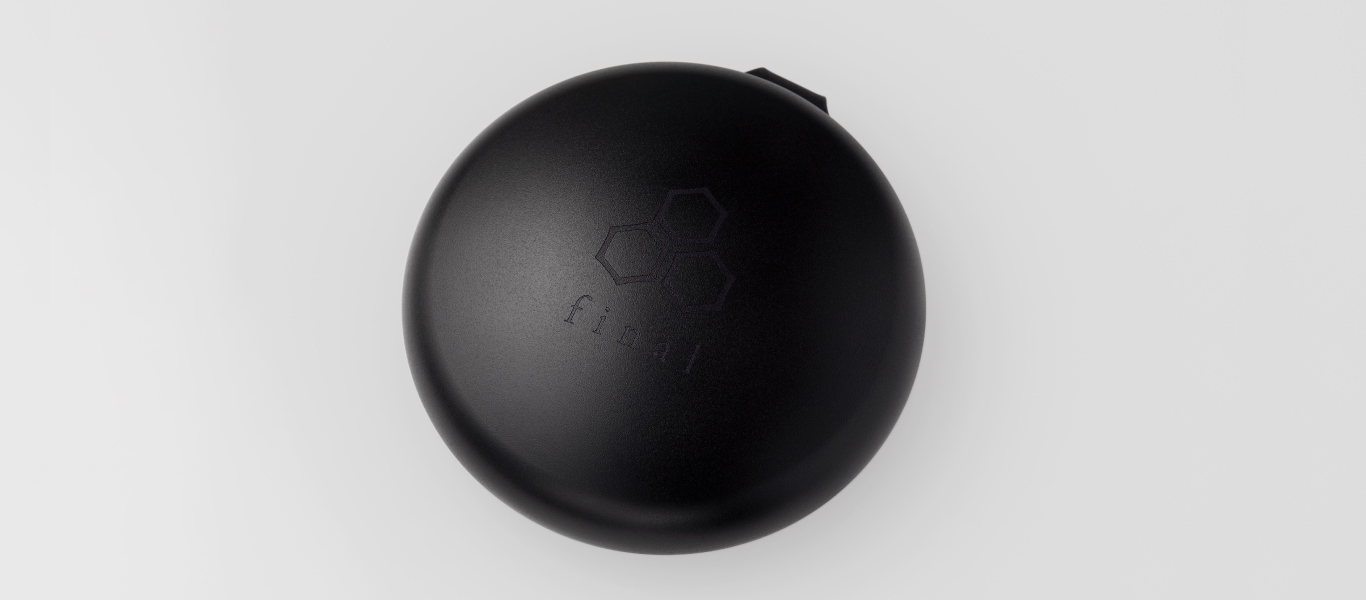
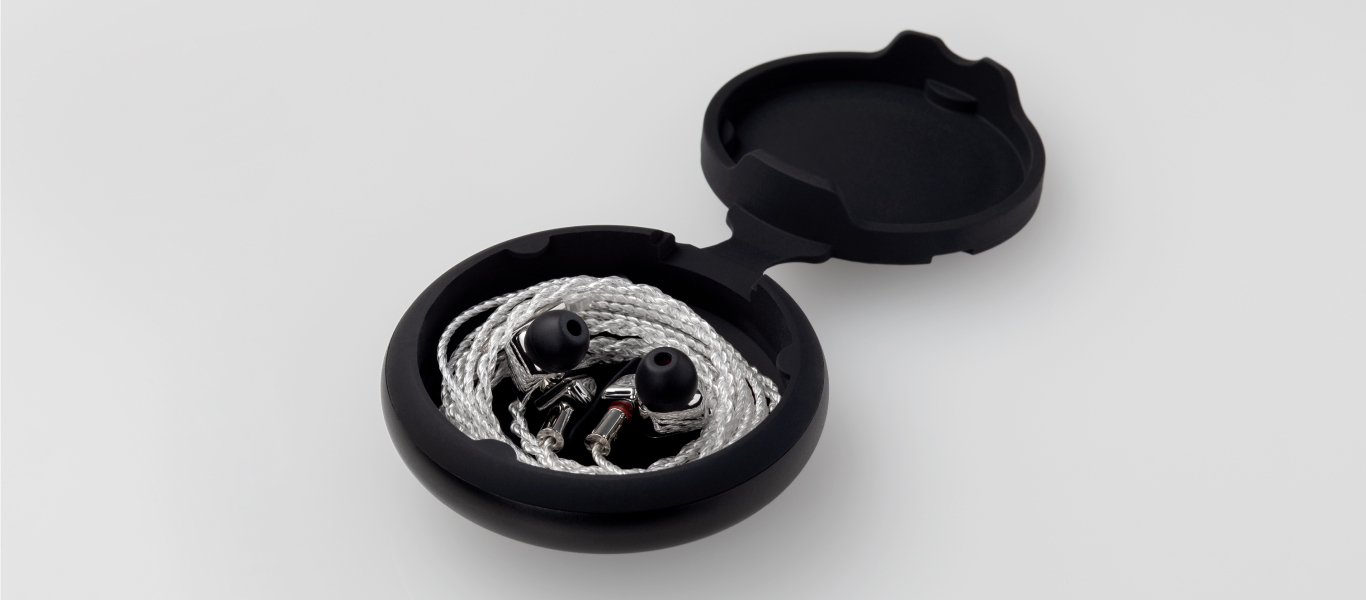
Specifications
- Container: Steel
- Driver: Truly Pure Beryllium Diaphragm Dynamic
- Connector: MMCX
- Cable: Silver plated OFC
- Sensitivity: 102dB
- Impedance: 16Ω
- Weight: 41g
- Cable length: 1.2m
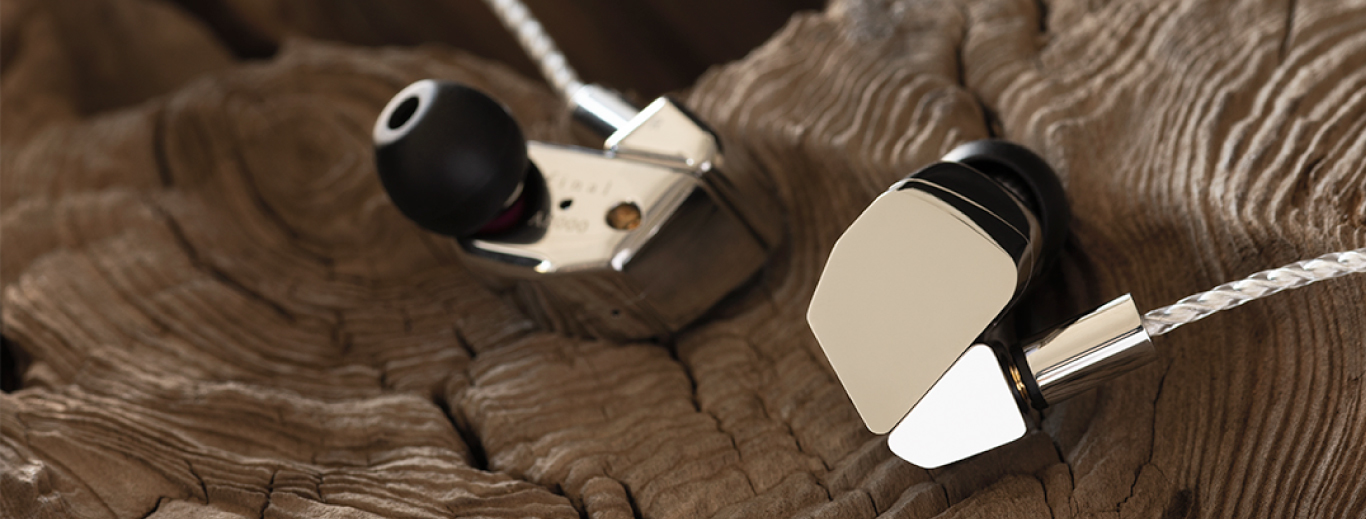
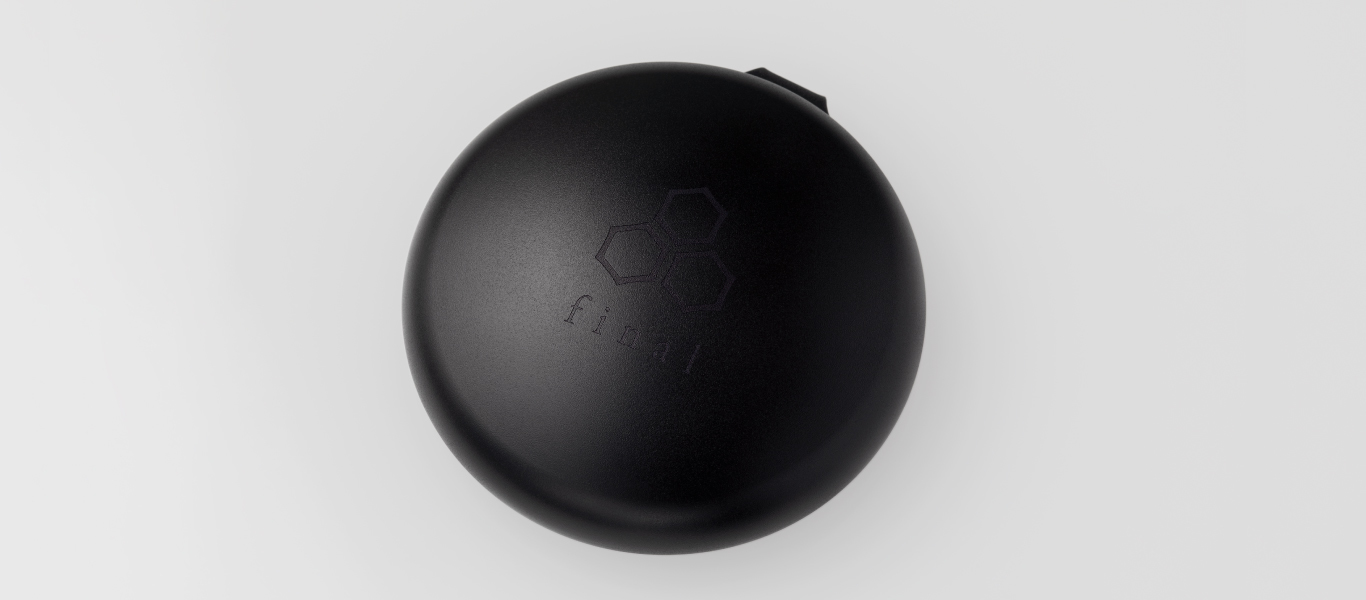
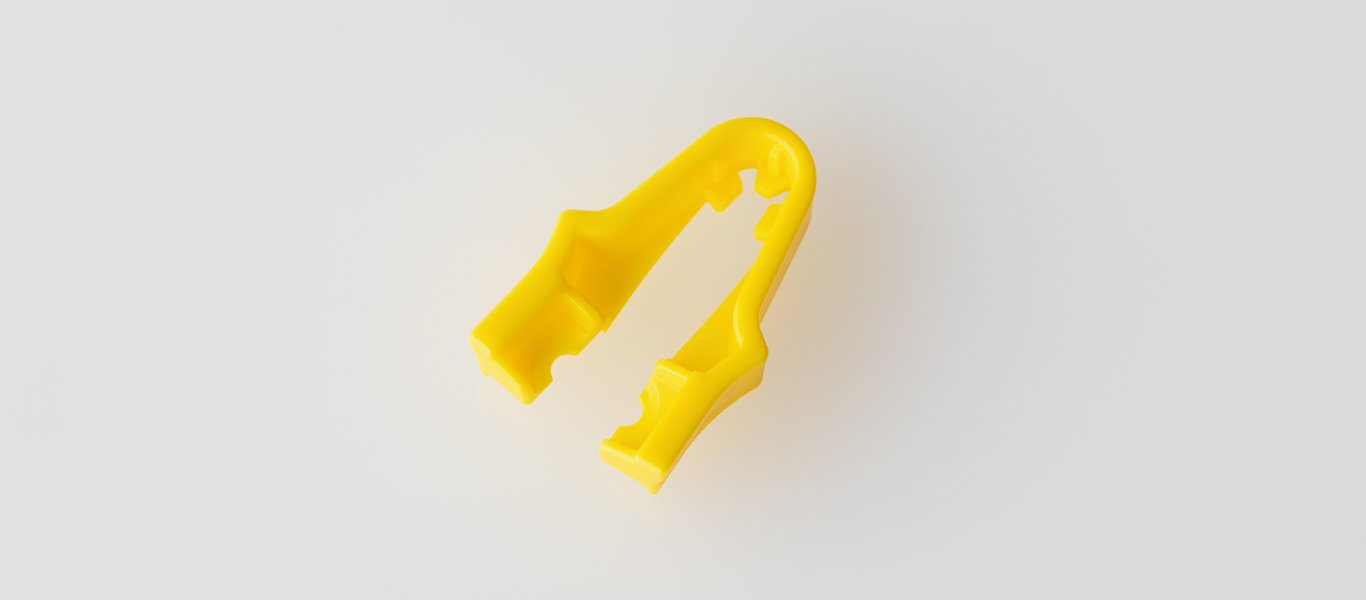
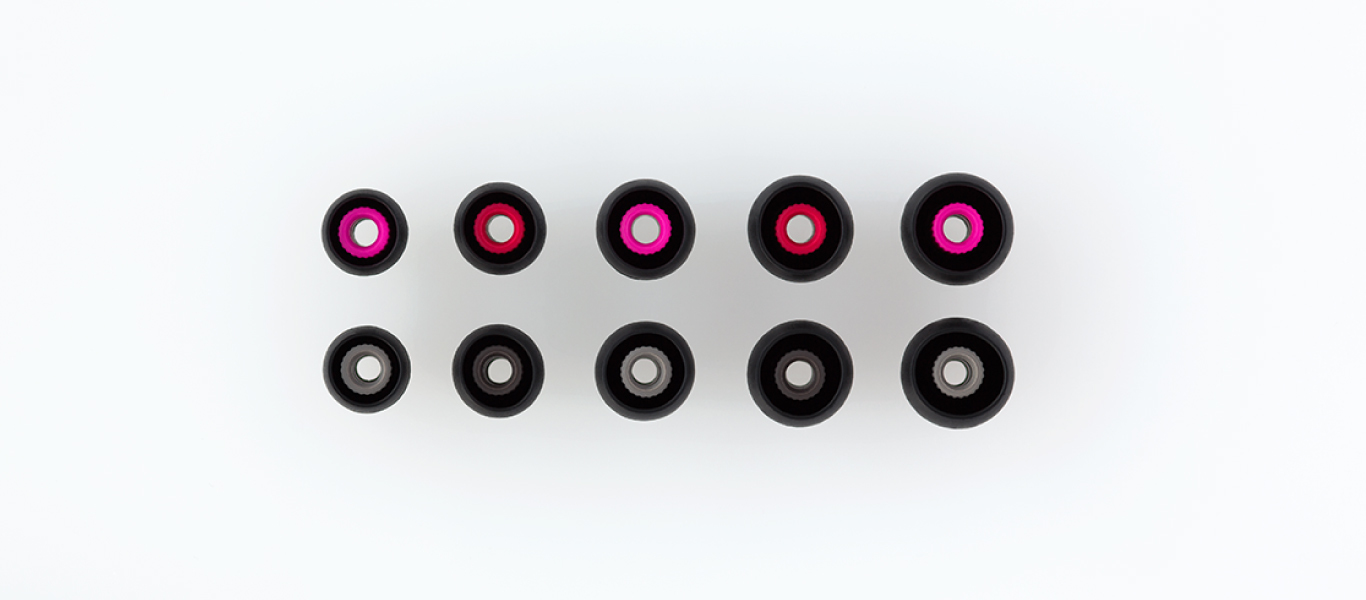
Choose options
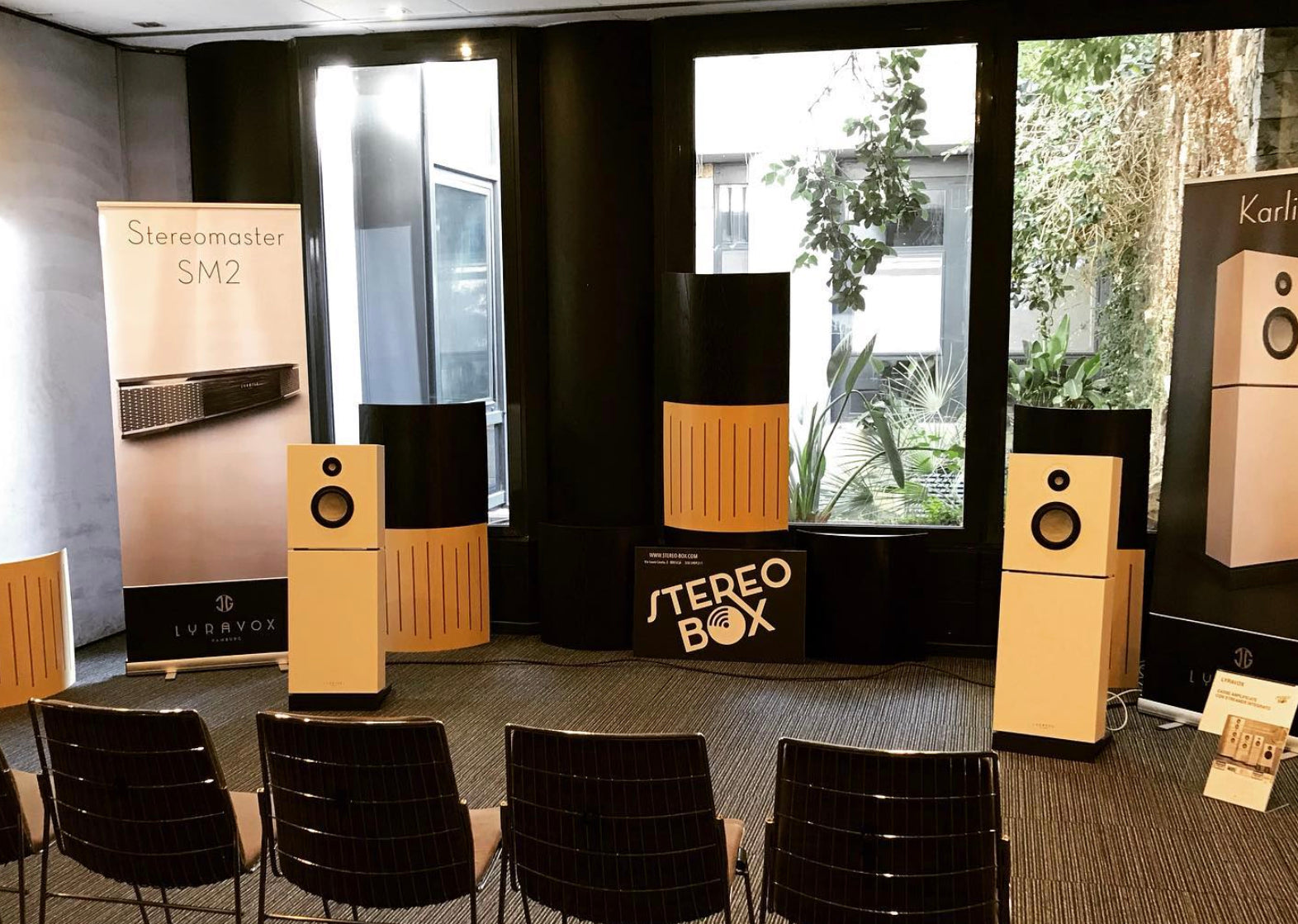
L'amore per la buona musica
Chi siamo
Abbiamo scelto questa attività per passione, e con passione la portiamo avanti. La nostra esperienza, nella riproduzione musicale, nonché in quella della musica dal vivo, ci guida costantemente nelle scelte che facciamo per quanto riguarda i prodotti che andiamo a selezionare per voi.
